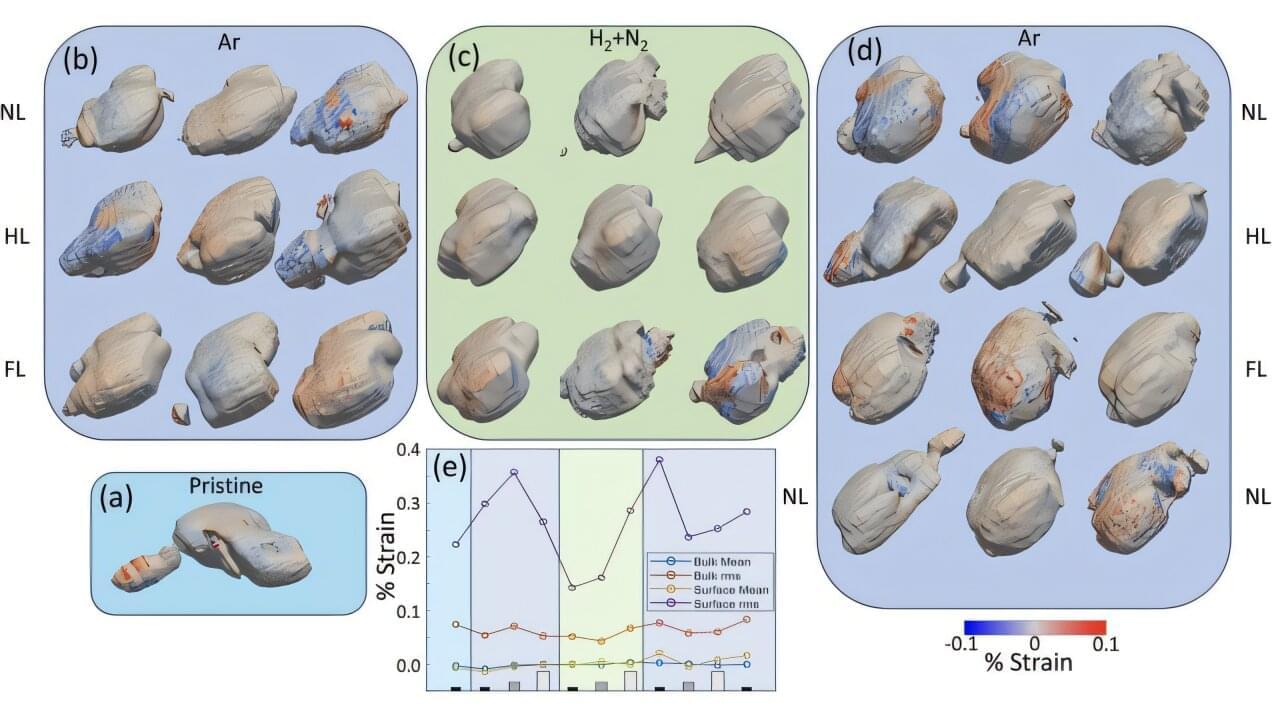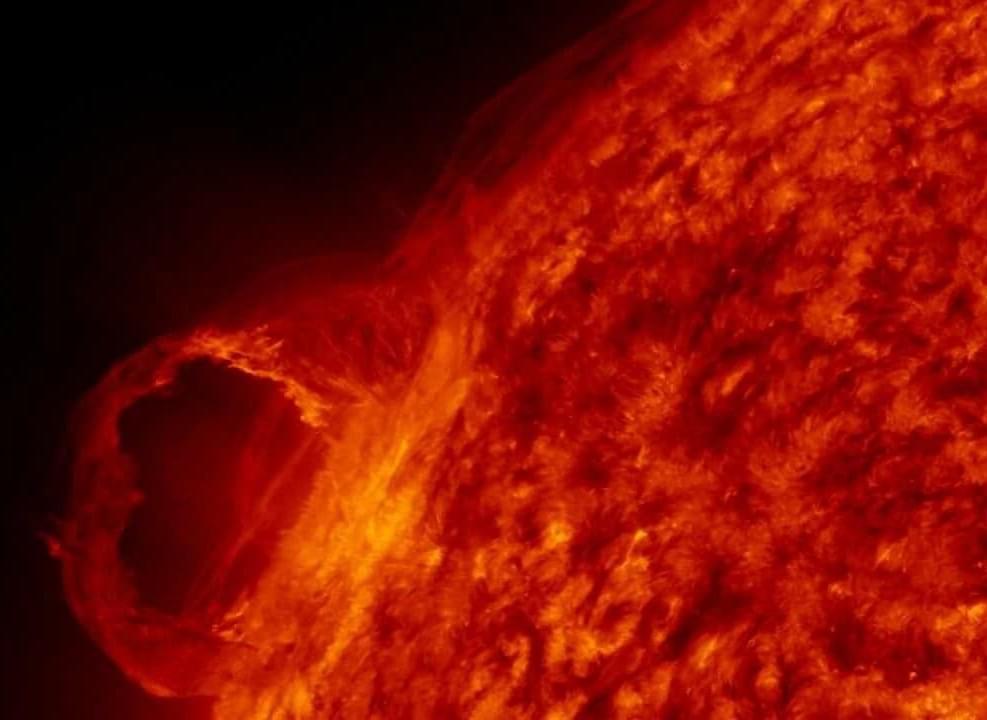Researchers with the schools of science and engineering at Rensselaer Polytechnic Institute (RPI) are exploring new ways to manipulate matter with light to unlock a new generation of computer chips, photovoltaic cells and other advanced materials.
Physics professor Moussa N’Gom, Ph.D., and materials science professor Edwin Fohtung, Ph.D., have brought together their respective areas of expertise—optics and materials science —to illuminate previously unknown properties of the materials that will build the next generation of consumer, industrial and scientific devices.
“We can use almost the entire spectrum of light, from visible to X-ray, to manipulate and study materials,” Fohtung said. “We can interrogate any system, from hard condensed matter to soft biological tissue.”








